Littlemill
There are whispers that Littlemill was the oldest distillery in Scotland, and possibly even the oldest in the world. Although it is very hard to accurately verify dates of establishment in the 18th century, most evidence points to the distillery being officially founded in 1772 by George Buchanan of Glasgow following his acquisition of the Auchterlonie estate.
| Information about the Distillery | |
|---|---|
| Scotland, Lowlands | |
| -4.494783 55.931685 | |
| Inactive |
| Average tasting notes Tasting notes |
Calculated from 52
i
|
|
|---|---|---|
|
Nosing
Fruit:
Sweet:
Vanilla:
Sweet:
Vanilla:
Herbs:
Oak:
Oak:
Zitrus:
Floral:
Pineapple:
Berries:
Lemon:
Peat Smoke:
Berries:
Malt:
Mint:
Caramel:
Spices:
Grass:
Fruit:
Herbs:
Caramel:
Mint:
Grass:
Chili:
Nuts:
Peach:
Oil:
Banana:
Hay:
Oil:
Malt:
Pear:
Peach:
Clove:
Grapefruit:
Tasting
Sweet:
Fruit:
Sweet:
Zitrus:
Zitrus:
Honey:
Honey:
Malt:
Orange:
Kiwi:
Orange:
Kiwi:
Herbs:
Vanilla:
Spices:
Hay:
Grass:
Sherry:
Date:
Malt:
Caramel:
Herbs:
Alcohol:
Peat Smoke:
Pepper:
Caramel:
Oak:
Alcohol:
Spices:
Hay:
Lime:
Grass:
Pepper:
Nuts:
Lime:
Chili:
Fruit:
Peach:
Grape:
Almonds:
Peach:
Salt:
Herb:
Chili:
Chocolate:
Lemon:
Maritime Notes:
Pear:
Plum:
Dark Chocolate:
Vanilla:
Almonds:
Grapefruit:
Oak:
Clove:
Salt:
Plum:
Pear:
Oil:
Maritime Notes:
Clove:
Finish
Sweet:
Sweet:
Chocolate:
Chocolate:
Spices:
Zitrus:
Zitrus:
Grapefruit:
Oil:
Malt:
Nuts:
Orange:
Caramel:
Oil:
Pepper:
Ginger:
Grapefruit:
Honey:
Sherry:
Herbs:
Spices:
Malt:
Caramel:
Dark Chocolate:
Ginger:
Orange:
Honey:
Herbs:
Herb:
Dried Fruit:
Fruit:
|
||
The Whisky
Littlemill distillery closed in 1997, which makes it even more difficult to track down official bottlings. Either an official or independent bottling will set you back as much as 100 GBP in this very small and competitive market. The official range of Littlemill bottlings included a 5 year old, 8 year old, 12 year old, 20 year old and 21 year old. Littlemill was also bottled by a number of independent bottlers, particularly Signatory Vintage and Douglas Laing.
The Production
The view from the street to the Linkwood distilleryThe distillery drew its water from the burns in the Kilpatrick Hills. The distillery shared its water source with its neighbor Auchentoshan. Unfortunately, the production capacity of the site is unknown, but as the distillery operated with only one wash and one spirit still, we can estimate that the production capacity of the site must not have been over 1 million liters a year. Littlemill used the traditional Lowland triple distillation process at the distillery until the 1930s.
The Pot Stills
Littlemill distillery had only one wash still and one spirit still. The wash still had a capacity of 25'000 liters, and the spirit still had a capacity of 18'000 liters. The shape of the stills at the site was pretty unique. The stills themselves were copper, but had outer skins of light aluminum. Most distinctly, the stills had rectifying columns instead of the swan necks that are most common on pot stills.
The Maltings
Littlemill distillery sourced its barley from farms in Speyside. The distillery first turned the barely to malt manually, using its maltings floors. In the 1930s, the then manager of the distillery, Duncan Thomas, made some modifications at the site and introduced a Saladin's Box, and made special modifications to it, adding double ventilation towers over the drying kiln, making the process a one-off in the country.
The Warehouse
There was a series of on-site warehouses at the Littlemill distillery, which were both dunnage and racked. The distillery used Ex-Bourbon casks, made out of American White Oak.
The History
There are whispers that Littlemill was the oldest distillery in Scotland, and possibly even the oldest in the world. Although it is very hard to accurately verify dates of establishment in the 18th century, most evidence points to the distillery being officially founded in 1772 by George Buchanan of Glasgow following his acquisition of the Auchterlonie estate. The ownership of the distillery changed hands to Matthew Clark & Company in 1817. The first licensee after the Excise Act of 1823 was Jane McGregor, who was most probably the first female distiller in Scotland. In 1843, Littlemill was sold when it's then owner, Hector Henderson, decided to concentrate on the production at Caol Ila distillery. The distillery was bought by William Hill, who launched a complete rebuilding of the site in 1875.
In 1931 after having been mothballed for three years, an American, Duncan G Thomas, bought the distillery and added a number of modern functionalities to the site, including Saladin boxes. The distillery continued under Thomas' ownership until Barton Distilling Company bought him out in 1971. The distillery was mothballed again from 1984 to 1989, by which point it had been acquired by Gibson International. Production was halted again in 1992. In 1994, Gibson filed for bankruptcy and Glen Catrine Bonded Warehouse Company bought Littlemill. In 1996, production was halted for the last time, and the equipment used in the production of Littlemill was dismantled, ending the incredible lifetime of this distillery.
Visitor's Centre
Sadly, all plans to turn Littlemill into a museum have been shelved. Following a fire in 2004, the remains of the distillery were demolished in 2005.

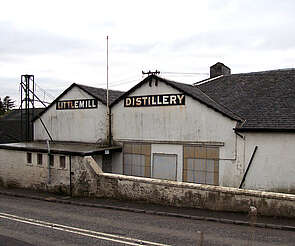
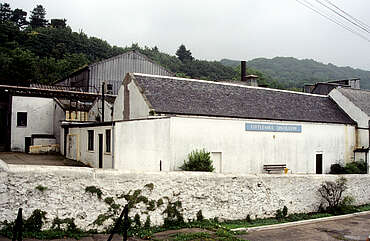
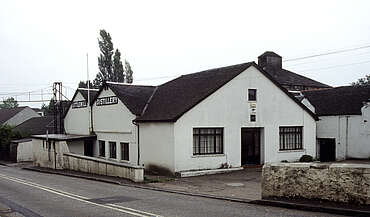
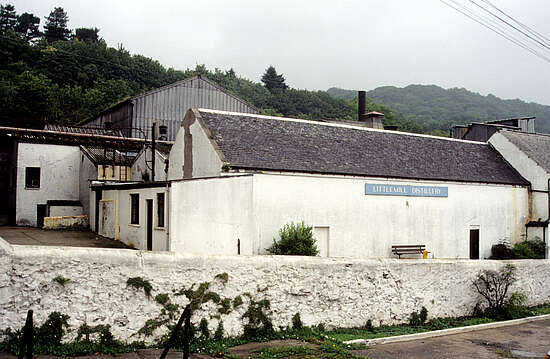
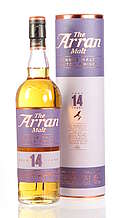
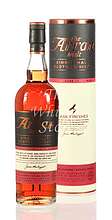
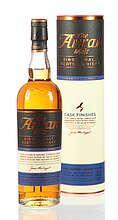
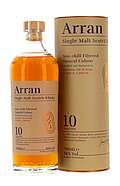
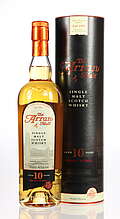
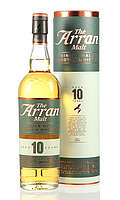
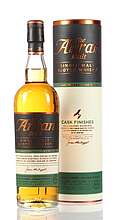


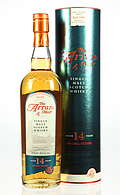













User Notes about the Distillery
Share your experience with other whisky lovers. Write a note about your trip to the Littlemill distillery.
We are looking for Brand and Distillery in the Scotland.
Best Regards,
Aleksander Zubowicz
https://www.linkedin.com/in/aleksander-zubowicz-3533351a4